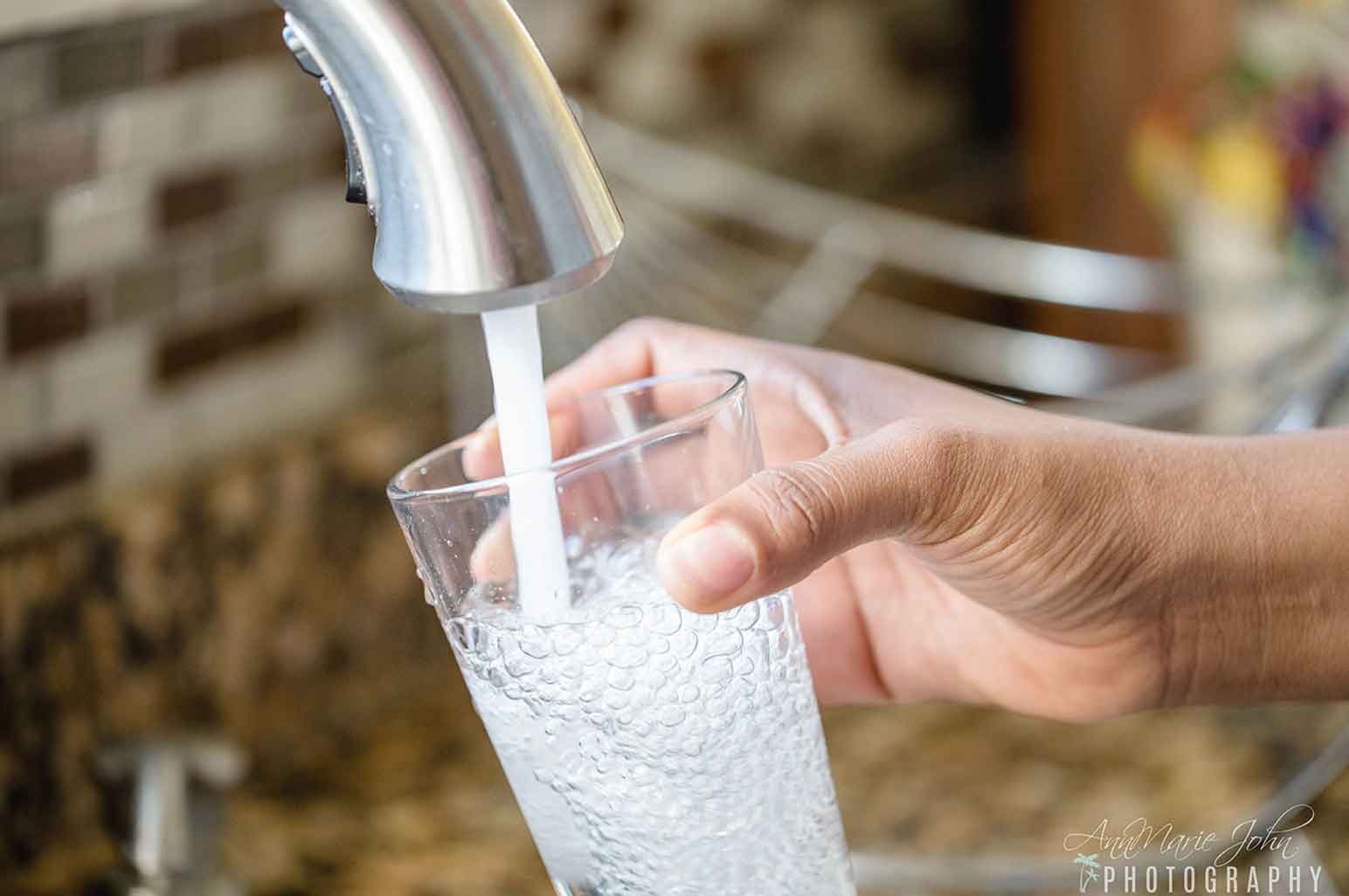
People often assume that the water that comes to their home is completely clean with no contaminants whatsoever. This is completely untrue, as water systems will filter out the majority of contaminants. However, they won’t be able to get everything. Does this mean your water is unsafe? In the large majority of cases, the answer to the question is no. There is an acceptable level of contaminants within your water. Should they exceed these limits severely, the water will become unsafe and hazardous for you to drink. Here are some of the major contaminants lurking in your tap water and what they can do if they exceed safe limits.

Lead
Lead is one of the few contaminants you have to be very careful with. If the levels in your water exceed the safe limits, there are many different health risks that can occur. Examples include damage to the brain, kidneys, and even your bone marrow, along with serious damage to your nervous system. Most of the time, lead gets into the water through the services lines and brass fittings on the pipes. As these things start to erode, the lead starts to mix in with the water. Filtration systems are some of the best ways to ensure that lead levels stay low within your water. The experts strongly recommend installing a water filter in your house if you notice that there is a high concentration of lead in your water. Stay safe and get lead out of your tap water as soon as possible.
Fluoride
Fluoride is another contaminant that commonly appears in the water. It can cause serious bone disorder if you consume high levels of it and can also result in your bones becoming fragile. Most of the time, fluoride appears in the water through natural deposits along with poorly monitored equipment. While there are some concerns about fluoride, you generally do not have to worry too much as a large concentration is needed to cause any serious damage. Once again, a filtration system or reverse osmosis can help deal with the issues and ensure that your water stays safe.
Aluminium
Contrary to belief, aluminum does not appear in the water because of humans. Most traces of aluminum are due to soil leaching. Rocks and soil all contain natural elements such as aluminum and as water passes through them, some of these elements are passed through to the water. While the water does get filtered, it sometimes cannot remove all of the elements within it. For the most part, you do not have to worry about this element in your water unless you are a dialysis patient.
Ammonia
Ammonia is a contaminant that is frequently present in water; however, as of right now, there are no regulations in place to deal with it. As far as science knows, there are no risks to consuming ammonia in your water, and it is not toxic for human life. The contaminant is toxic for aquatic life. However, if you have fish and an aquarium in the home, ensure that you are testing the water to ensure that ammonia levels are low.
Barium
Barium is found in tap water, often in mining towns or mining industry areas. Mineral deposits, disposal of drilling waste, and smelting are all major sources for this type of contamination. It can cause serious health effects such as difficulty breathing and organ damage so you should be cautious if you are living in an area that handles minerals and mining.
Silver
Silver occurs in water through multiple compounds found within the soil. The main source of it, though, is that silver is used as a way to stop bacteria from reproducing in water. Therefore the water will have a small hint of silver in it as a way to keep it clean. However, if the levels exceed safety, you can suffer from argyria, which is the discoloration of the skin, hair, and other organs.
Uranium
Uranium is a naturally occurring mineral that appears in soil and water. In low doses, it poses no risk, however, it can quickly escalate and become damaging for your health. Consuming water with a high concentration of uranium can result in kidney toxicity and an increased risk of cancer. This is a contaminant you want to ensure is not appearing in your water in high concentrations.
These are some of the major contaminants that you will find in your water. Water is well regulated, and for the most part, you won’t have to worry. However, you might want to have your water tested just to be safe. From there, you can determine if any of these contaminants are an issue and then come up with steps to combat them. Get yourself the clean and safe drinking water that you deserve.
